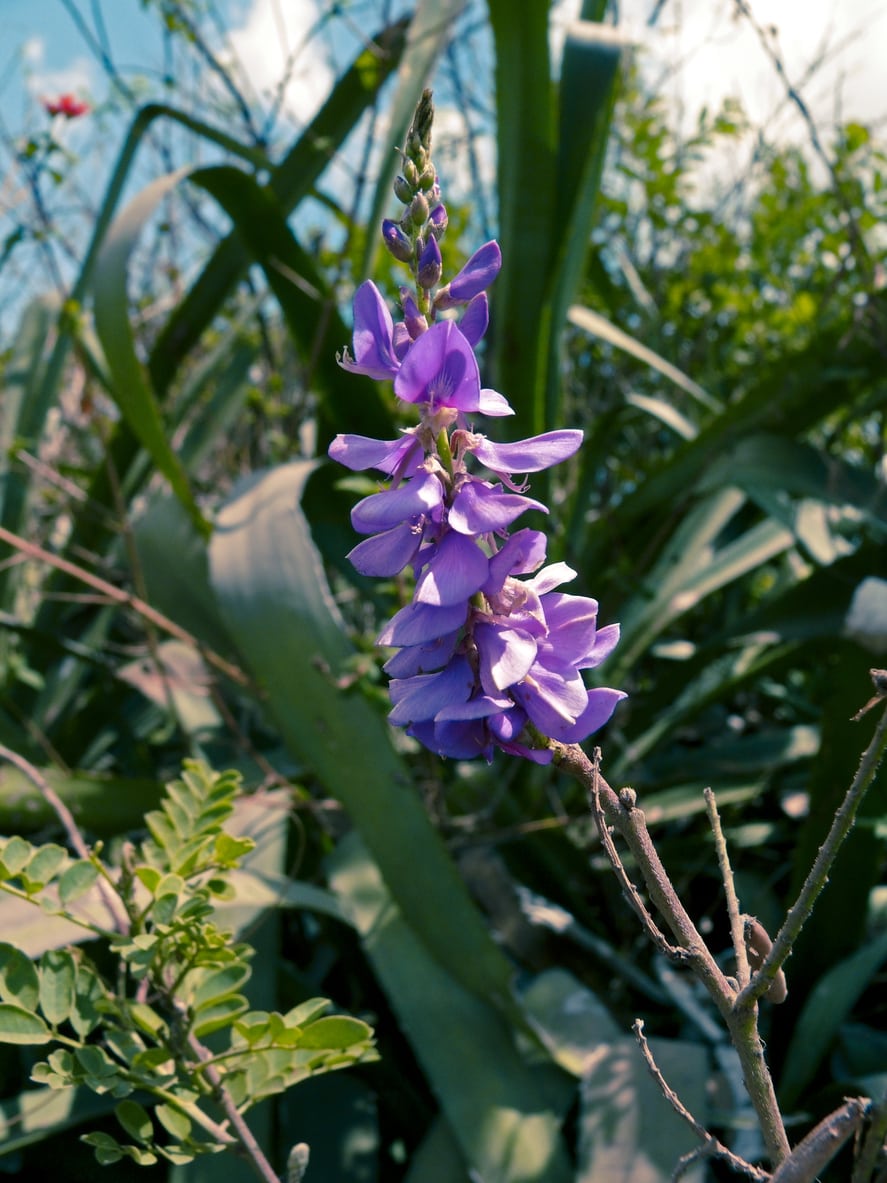Indigo Plant Propagation: Learn About Starting Indigo Seeds And Cuttings


Indigo has long been highly regarded for its use as a natural dye plant, with its use dating back over 4,000 years. Though the process of extracting and preparing indigo dye is very complex, indigo can be an interesting and educational addition to the landscape. Let’s learn more about indigo plant propagation.
Propagating Indigo Plants
Indigo plants grow best in warm climates with ample humidity. They are most often propagated through seed but cuttings can also be taken and rooted.
How to Propagate an Indigo by Seed
Starting indigo seeds is relatively simple. While growers whose gardens receive adequate heat are often able to sow indigo seeds directly into the garden after all chance of frost has passed, those with shorter growing seasons may need to start seeds indoors. To germinate the seeds indoors, soak the seeds overnight in warm water. A heat mat may also be used to speed germination. Growth should occur sometime within one week. Once the weather has warmed, seedlings are able to be hardened off and transplanted into their final location in the garden. Plants should receive full sun, at least 6-8 hours each day.
Rooting Indigo Plant Cuttings
Indigo may also be propagated through cuttings taken from already established plants. To take indigo cuttings, simply cut a small section of new growth from the plant. Ideally, each cutting should have at least 3-4 sets of leaves. Strip off the lower sets of leaves, leaving one or two sets on the cutting piece. Indigo cuttings can be propagated in two ways: in water or in potting mix/soil medium. •To propagate cuttings in water, simply place the lower third of the cutting into a jar of water. Make sure the leaves are not submerged, as this can promote growth of bacteria. Place the jar in a windowsill that receives plenty of sunlight. Replace the water every couple days and check for root growth along the submerged stem segment. After about one week, plants should be ready to be placed in soil, hardened off, and moved into the garden. •To propagate cuttings in soil, fill containers with a well-draining potting mix. Place the lower third of the stem cuttings into the soil. Water well and place in a sunny windowsill, occasionally misting the plant foliage with water. Keep the growing medium consistently moist. Since indigo plants tend to root quite easily, the use of rooting hormone is optional. After about a week, new signs of growth will indicate time to harden off the plants, and move them into the garden.
Sign up for the Gardening Know How newsletter today and receive a free copy of our e-book "How to Grow Delicious Tomatoes".

Tonya Barnett has been gardening for 13 years. Flowers are her passion. She has transformed her backyard into a cut flower garden, which she regularly chronicles on her YouTube channel http://www.youtube.com/@tonyawiththeflowers.